Hands-on: Arturia BeatStep Pro
We take our first steps with this advanced sequencer/controller
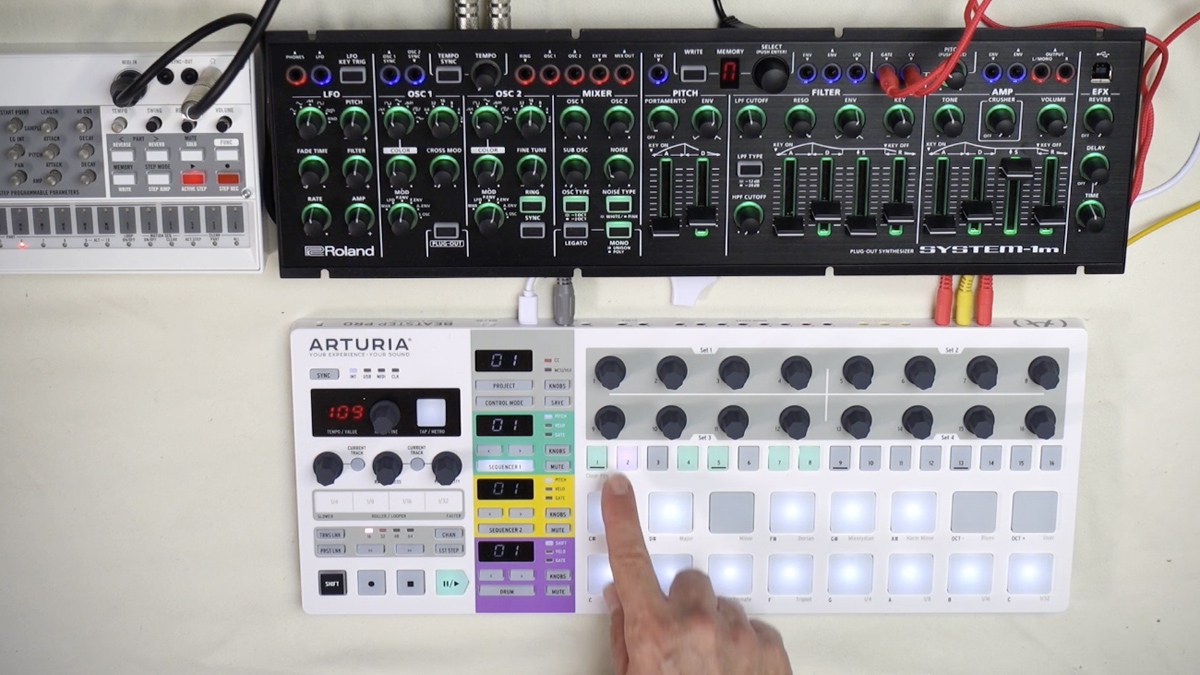
Step on
The hardware synth boom has had the knock-on effect of re-popularising hardware step sequencers, and Arturia's BeatStep Pro - a souped-up version of its BeatStep - has been on our 'one to watch' list since it was debuted at NAMM 2015 in January.
Now we've had a chance to have a play with it, so here's an initial overview. Check out the video below and click through the gallery to discover more about what the BeatStep Pro has to offer.
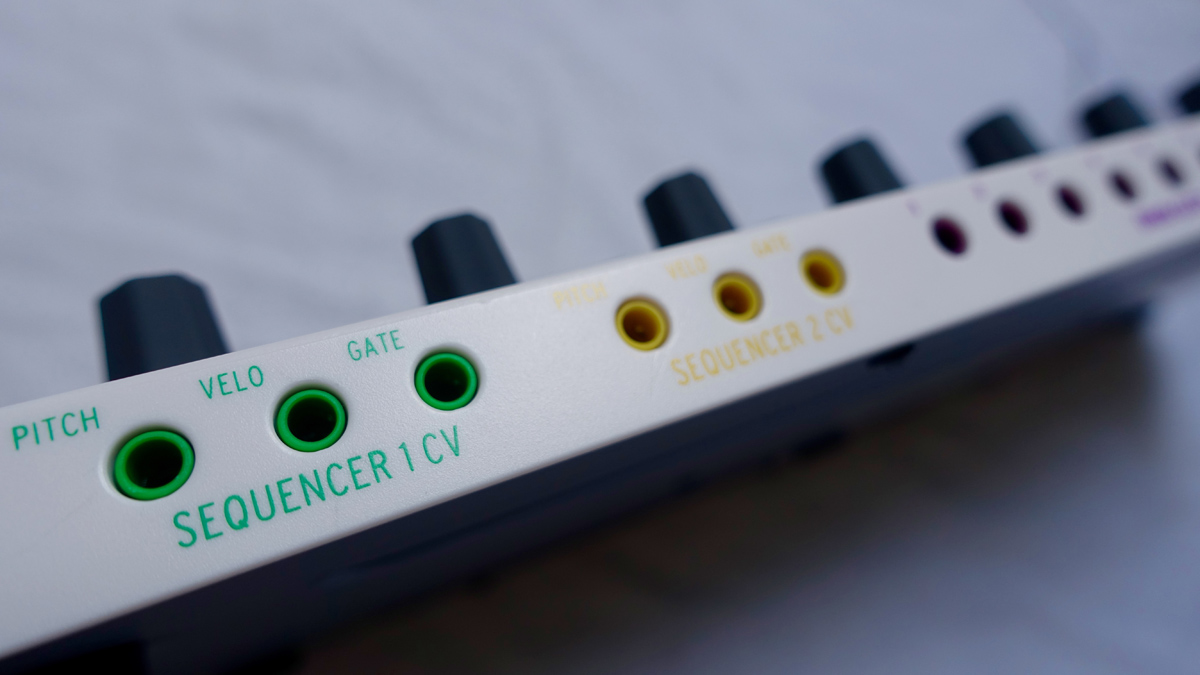
Connectivity
There's a vast array of sockets on the rear of the BeatStep Pro, and 16 of these are for connecting analogue gear.
Besides the more common CV/Gate there are also eight drum trigger/gates. Unlike on the original BeatStep, both MIDI IN and Out get a look-in here. As on the recent Korg Electribes they’re on 3.5mm jacks (adaptors are included).
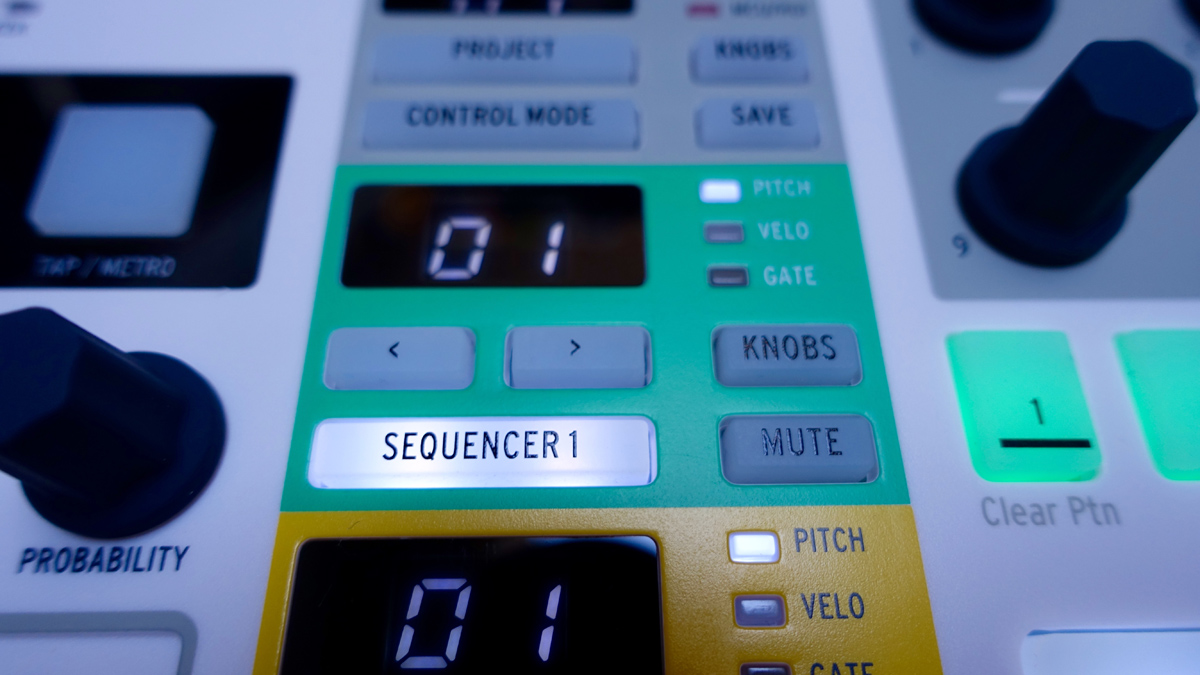
Sequencers
Two independent sequencers that can each have Pitch, Gate and Velocity programmed per step. Each of these is output over the back-panel CV/Gate connectors, but is also transmitted as MIDI data if required.
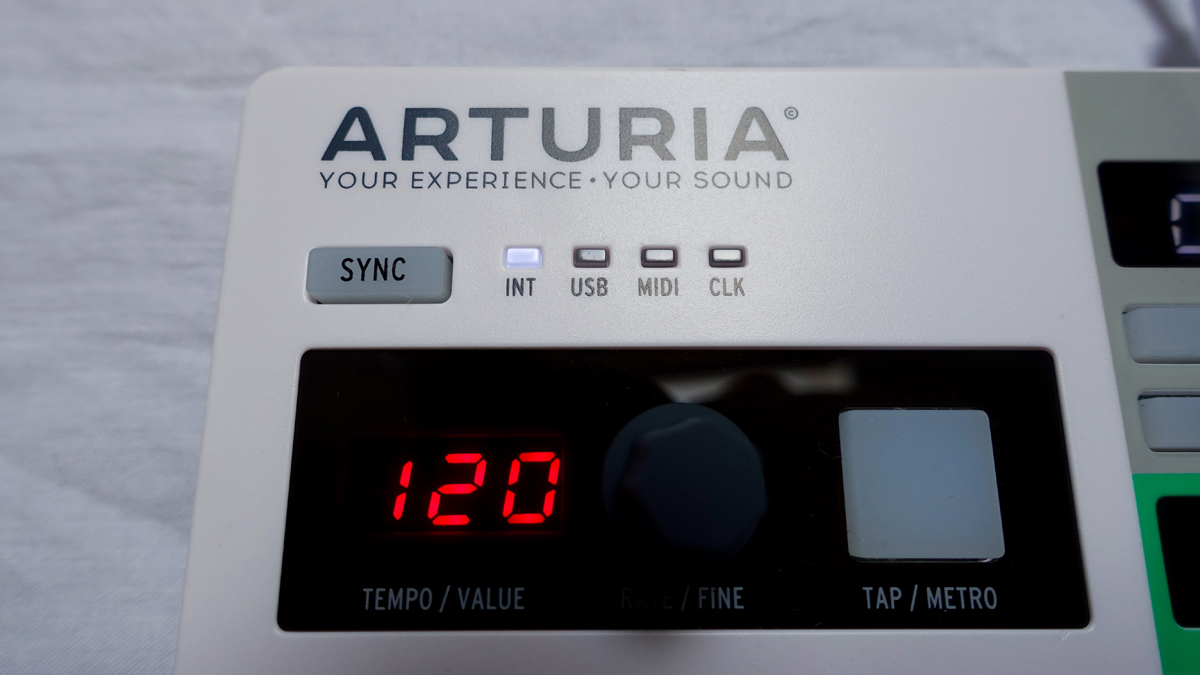
Sync
The BeatStep Pro has an impressive array of syncing options. As well as acting as the master, the unit receives MIDI clock via USB and the MIDI IN jack. Analogue sync is also catered for, with ‘trigger per step’ and 24/48 PPQN options. A DIN sync adaptor (not to be confused with the MIDI connector) is included in the box.
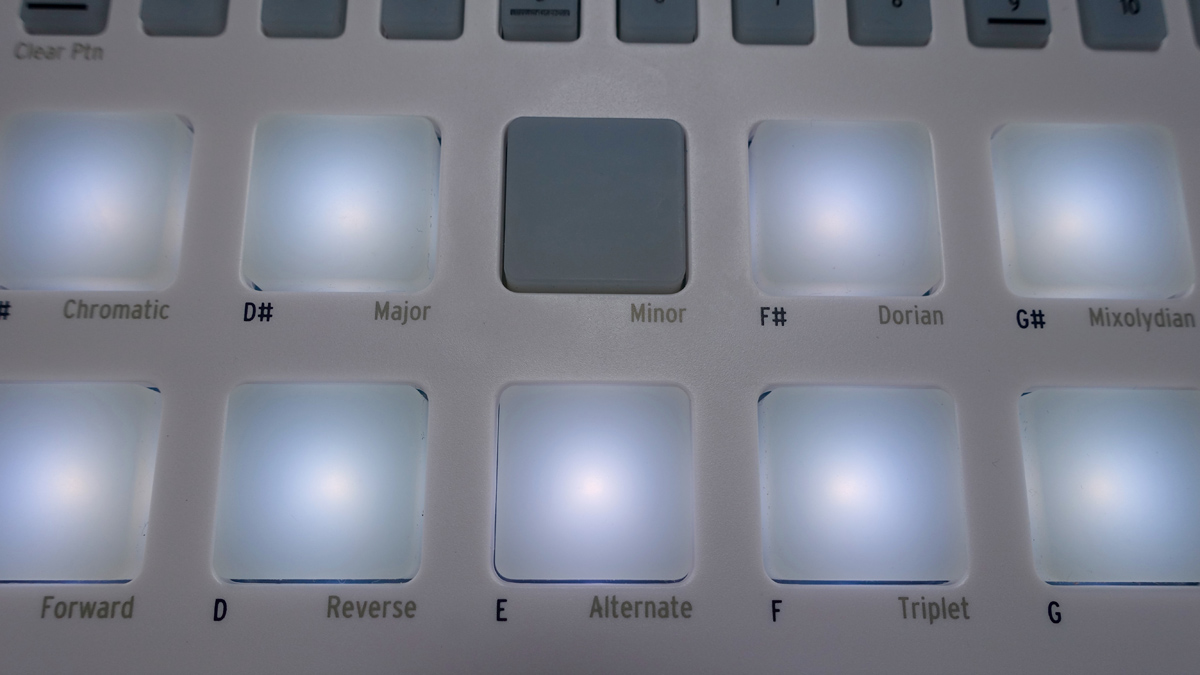
Pads
The drum pads are used for programming beats and playing notes, though they also have a range of secondary functions for controlling the playback speed, direction and timing of individual patterns. Coloured LED backlighting helps you identify which track or mode you are in.
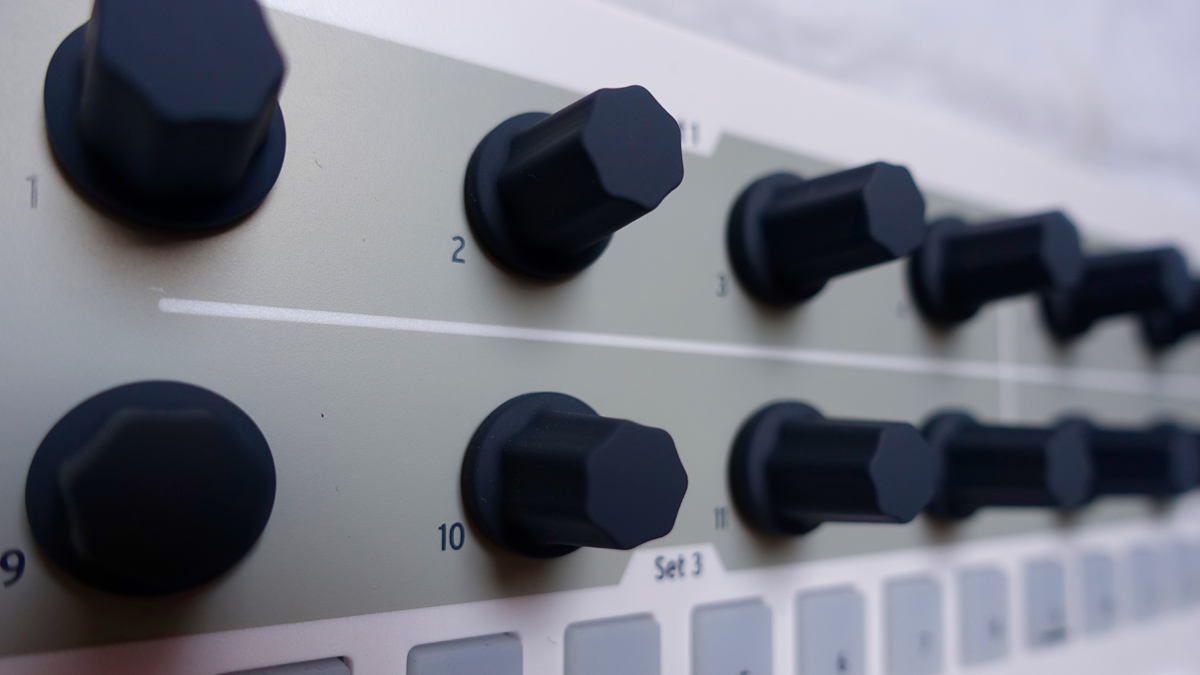
Knobs
The 16 continuous encoder knobs are used for tweaking sequencer pitch, gate and velocity settings - with pitch quantised to a range of selectable scales.
They can also be used to tweak positive or negative shift in each step’s drum timing, and transmit DAW mixer control messages, CC and other MIDI data when in Controller mode.
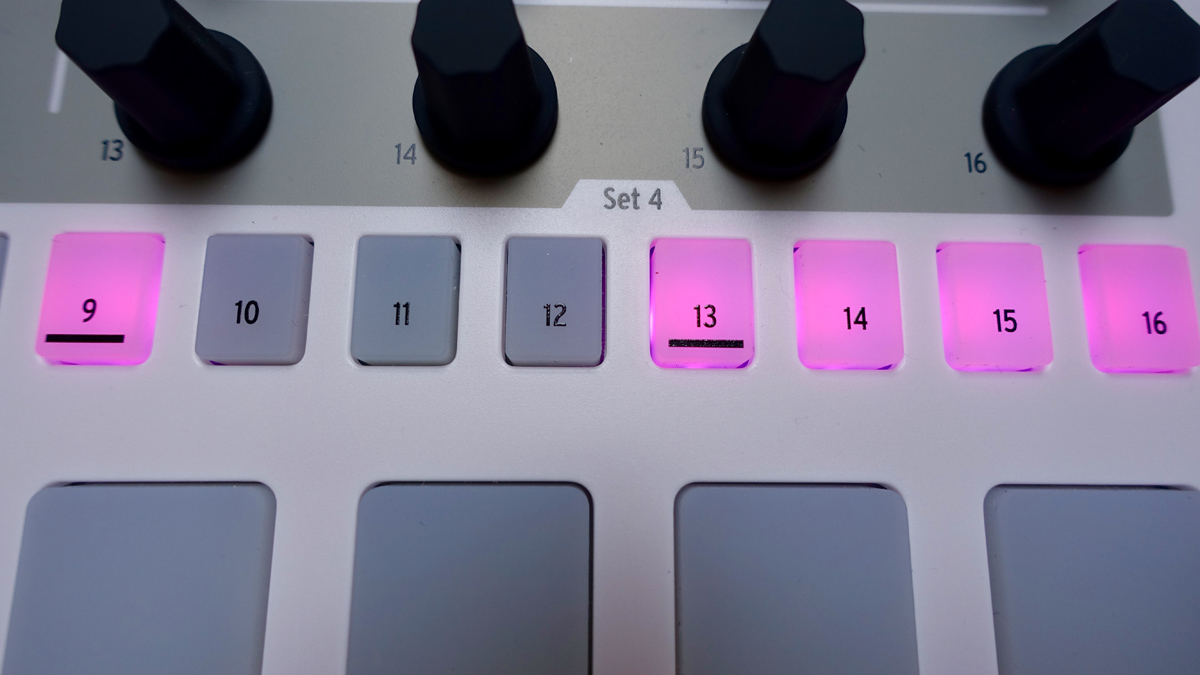
Drum sequencer
The drum sequencer contains 16 programmable lanes that are programmed TR-style using the 16 step buttons. Eight of these lanes send gate/triggers to the sockets on the rear. As with the other sequencers, it's also possible to play in notes in realtime record mode.
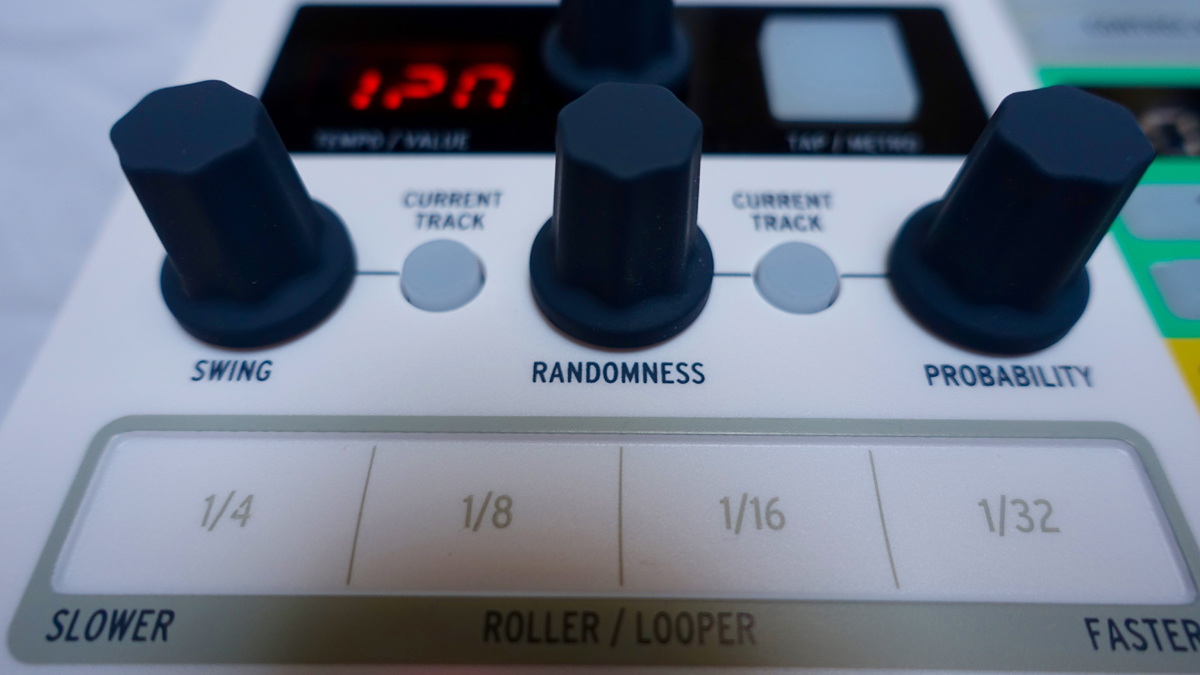
Controls
Along with the usual transport and tempo controls you get knobs for Swing and two randomisation parameters (all switchable for global or per track use). The Randomness and Probability knobs take the sequencers into some interesting territory - from subtle to all over the place’. There’s also a looper/stutter pad here for live performance effects.
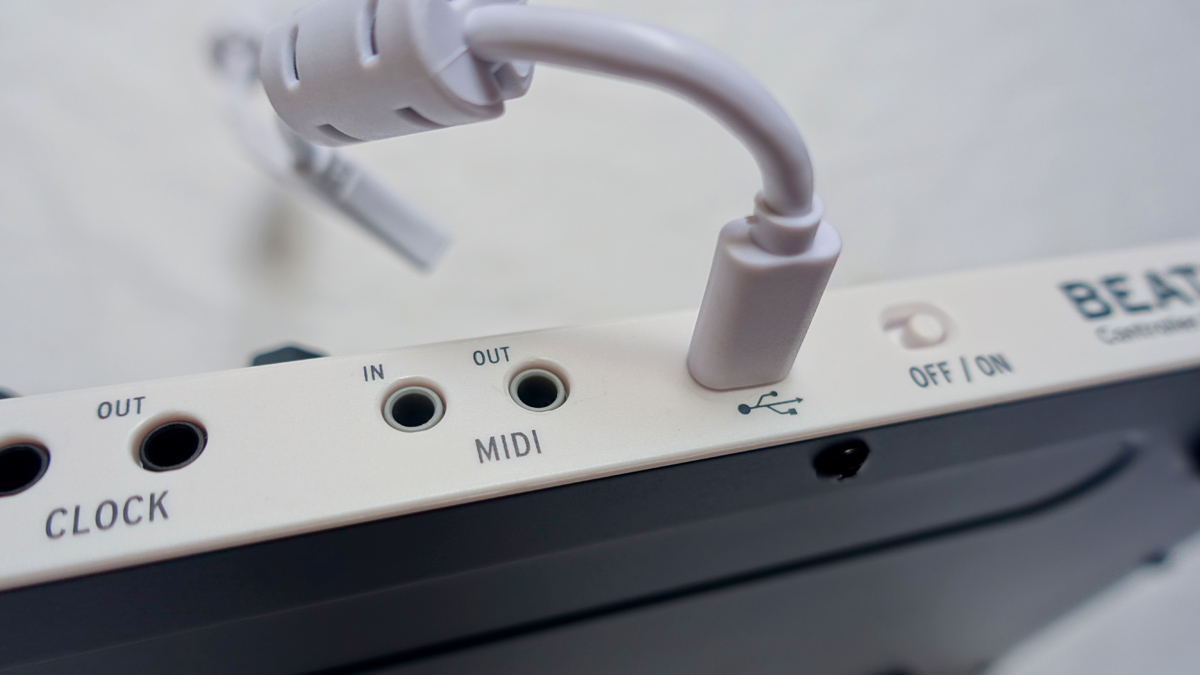
Software control
The USB socket provides power and - with a Mac or PC - the ability to edit some of the less commonly accessed functions. The software even enables you to edit or create sequences, piano roll style.
“A synthesizer that is both easy to use and fun to play whilst maintaining a decent degree of programming depth and flexibility”: PWM Mantis review
“Do you dare to ditch those ‘normal’ beats in favour of hands-on tweaking and extreme sounds? Of course, you do”: Sonicware CyDrums review
“A synthesizer that is both easy to use and fun to play whilst maintaining a decent degree of programming depth and flexibility”: PWM Mantis review
“Do you dare to ditch those ‘normal’ beats in favour of hands-on tweaking and extreme sounds? Of course, you do”: Sonicware CyDrums review









